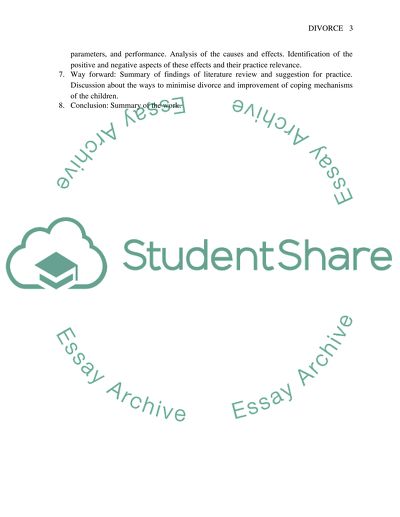Cite this document
(“Divorce's Impact on Preschool, School-age, and Adolescent Children Essay”, n.d.)
Retrieved from https://studentshare.org/miscellaneous/1521502-divorces-impact-on-preschool-school-age-and-adolescent-children
Retrieved from https://studentshare.org/miscellaneous/1521502-divorces-impact-on-preschool-school-age-and-adolescent-children
(Divorce'S Impact on Preschool, School-Age, and Adolescent Children Essay)
https://studentshare.org/miscellaneous/1521502-divorces-impact-on-preschool-school-age-and-adolescent-children.
https://studentshare.org/miscellaneous/1521502-divorces-impact-on-preschool-school-age-and-adolescent-children.
“Divorce'S Impact on Preschool, School-Age, and Adolescent Children Essay”, n.d. https://studentshare.org/miscellaneous/1521502-divorces-impact-on-preschool-school-age-and-adolescent-children.


